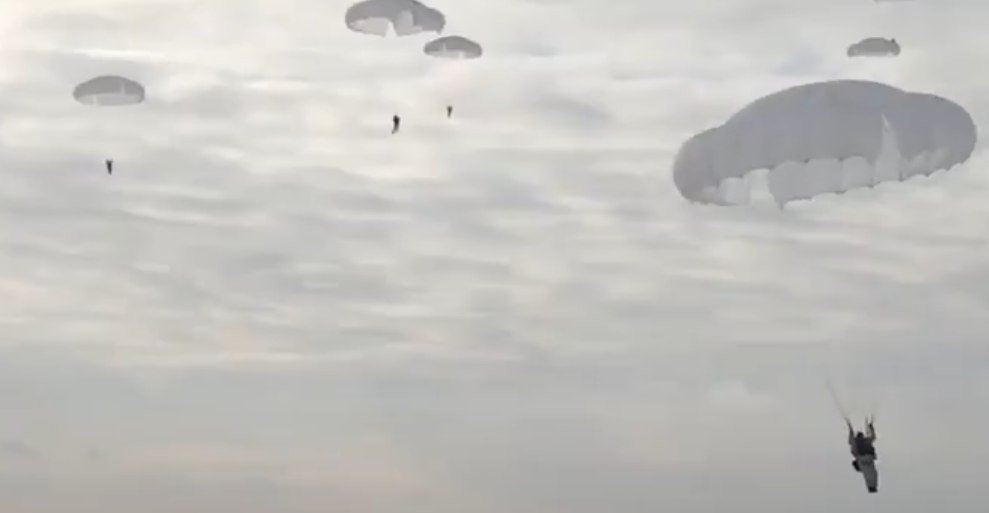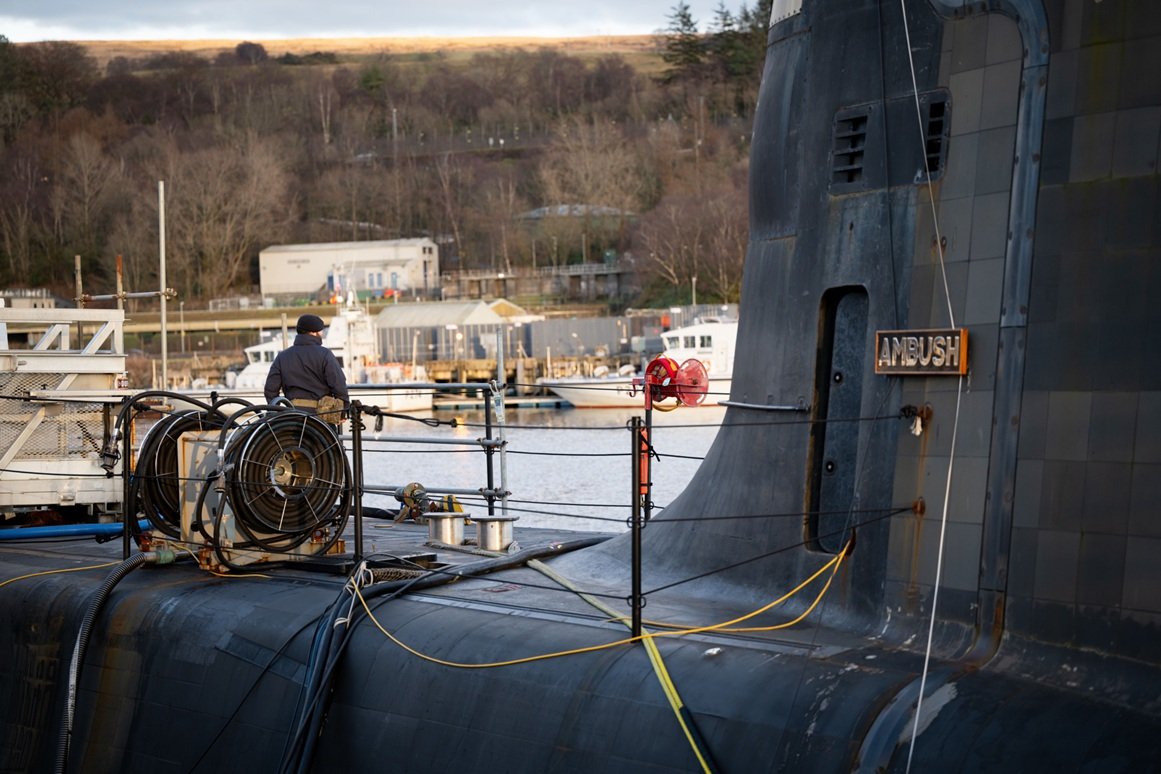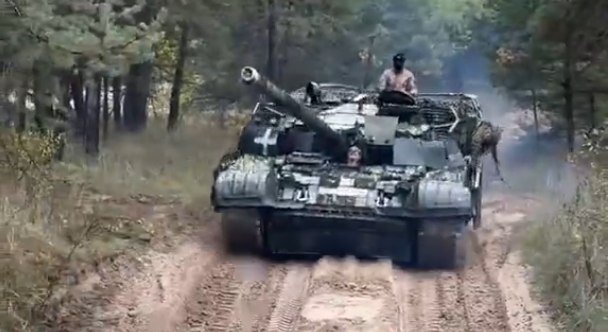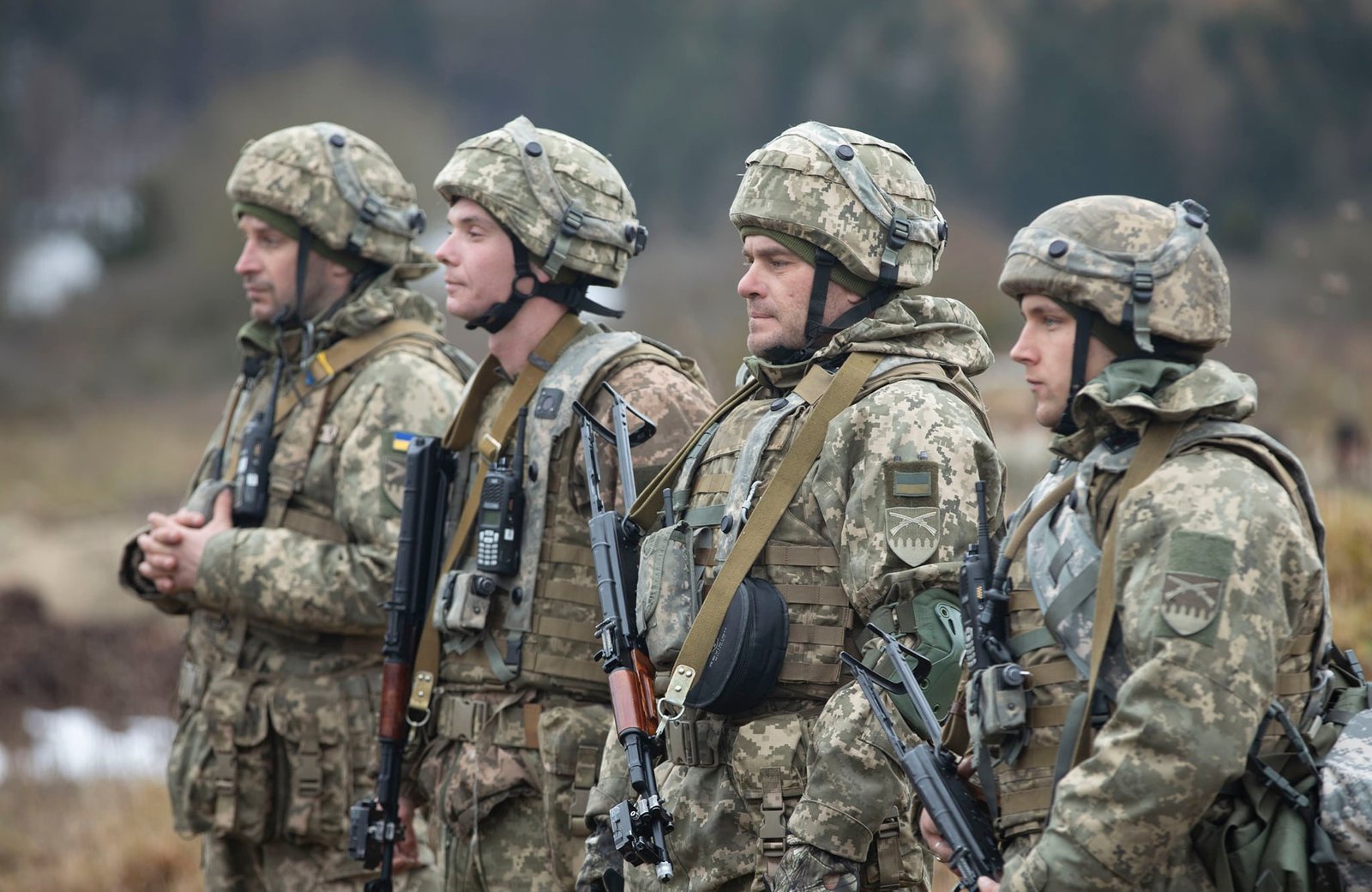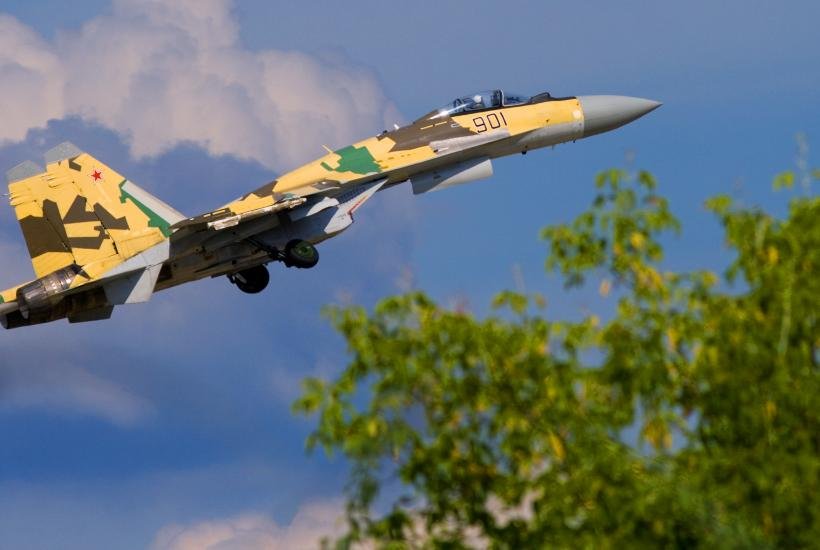
Czech Army against drones: New systems on the MARS vehicle as a response to changing threats
The mass deployment of drones in modern conflicts has transformed the view of the defense of ground units. The Czech Army is therefore betting on the RBS 70 NG mobile anti-aircraft system, which will be installed on the MARS armored vehicle. This step is intended to significantly shorten the reaction time, strengthen the protection of crews and increase the ability of the Czech Army to counter threats from the air – especially unmanned vehicles, which have become a symbol of the new era of warfare.
A few years ago, drones were considered more of a supplementary reconnaissance tool.
However, the conflict in Ukraine has shown that they have become a key element of the battlefield. From cheap commercial quadcopters capable of dropping grenades to sophisticated suicide drones such as the Shahed-136 or Lancet – unmanned systems today operate in all dimensions of conflict. According to analyses by CSIS (Center for Strategic and International Studies) and CEPA (Center for European Policy Analysis), drones have become the “new artillery ammunition” – cheap, accurate and difficult to detect. Their offensive potential is also growing rapidly thanks to miniaturization, autonomous control and the possibility of deployment in swarms. Experience shows that traditional air defense (ADF) is not fully prepared for such massive and low-flying targets.
For NATO countries, including the Czech Republic, this means the need for fundamental adaptation. On the modern battlefield, the boundary between air and ground space is blurring – weapons with a range of several kilometers must respond to a backpack-sized target moving 30–50 m above the ground at speeds of over 100 km/h. The Czech Army is therefore trying to fill the missing layer of defense: very short-range systems (VSHORAD) capable of responding to small and fast targets. Traditional anti-aircraft complexes or air forces are ineffective in these situations – both due to cost inefficiency and lack of flexibility.
Experience from Ukraine and the Middle East also shows that there is no single universal solution. Defense against drones must be multi-layered – combining electronic warfare, jamming, optical detection and kinetic destruction. The Czech Army is therefore embarking on the path of integrating mobile systems that can be easily integrated into the higher command and radar chain.
What the Czech Armed Forces are acquiring – facts, technology, numbers
In 2025, the Ministry of Defense of the Czech Republic confirmed its intention to acquire a new very short-range anti-aircraft system (VSHORAD), which is to respond to the growing threat of low-flying drones and the more traditional danger from residential helicopters. The chosen solution is the RBS 70 NG from the Swedish company Saab Dynamics, integrated onto the MARS S-330 armored vehicle manufactured by SVOS Přelouč. According to official information from the Ministry of Defense and the presentation at the IDET 2025 trade fair, the system is to be delivered in three batteries, each with eight vehicles. This will be a total of 24 vehicles, 8 of which will be equipped with new RBS 70 NG launchers, while the remaining 16 sets will use modernized launchers that are already in service with the Czech Armed Forces.
The contract, whose value reaches almost 200 million dollars (excluding VAT), includes, in addition to the launchers themselves, including 80 cruise missiles, training simulators, spare parts, maintenance infrastructure and personnel training. The acquisition of the first battery is understood as a starting step – after its delivery, other contracts are expected to fully cover the needs of the 25th Anti-Aircraft Missile Regiment.
The RBS 70 NG (Next Generation) is a modernized version of the successful RBS 70 system, which has proven itself in several NATO armies. The system uses laser guidance of missiles, which means high resistance to interference and the ability to engage even small targets with a low thermal footprint, typically drones and helicopters. According to the manufacturer, the missile has a range of up to 9 kilometers and can hit a target at an altitude of up to 5 kilometers. The new generation brings automatic target tracking, an integrated thermal imaging camera and an improved aiming system that allows for faster response and easier operator training.
The preparation time for launch is approximately 45 seconds, which is a dramatic improvement compared to older sets transported on Tatra vehicles, where the system had to be manually disassembled and reassembled. Thanks to the new configuration on the MARS S-330, the launcher can be used directly from the vehicle, but at the same time remains dismountable – for cases when it is more advantageous to take a static position outside the vehicle.
The Czech system is also to include the Saab Giraffe 1X 3D radar, a multifunctional sensor capable of detecting even small drones and providing data for command and control systems. The radar can monitor airspace at a range of up to 75 km and, thanks to its fast image refresh rate, can provide timely warning of low-flying targets. In the case of the Czech Army, the Giraffe 1X will probably be placed on command and liaison vehicles, from where it will provide information for the entire battery of RBS 70 NG systems. This creates the first full-fledged short-range mobile network for the protection of units in the field – capable of tracking, evaluating and destroying targets in real time.
The Czech MARS S-330 vehicle, developed by SVOS, is also a key element of the project. It is an armored 4×4 multi-purpose vehicle designed for various specialized roles (from medical evacuation to carrying anti-tank or anti-aircraft systems). MARS offers high ballistic and mine protection for the crew, adjustable ground clearance and a 326 hp power unit, which allows speeds of up to 110 km/h. Its range exceeds 800 km. Thanks to its modular design, it can be converted into various variants – for example, command, reconnaissance or communications.
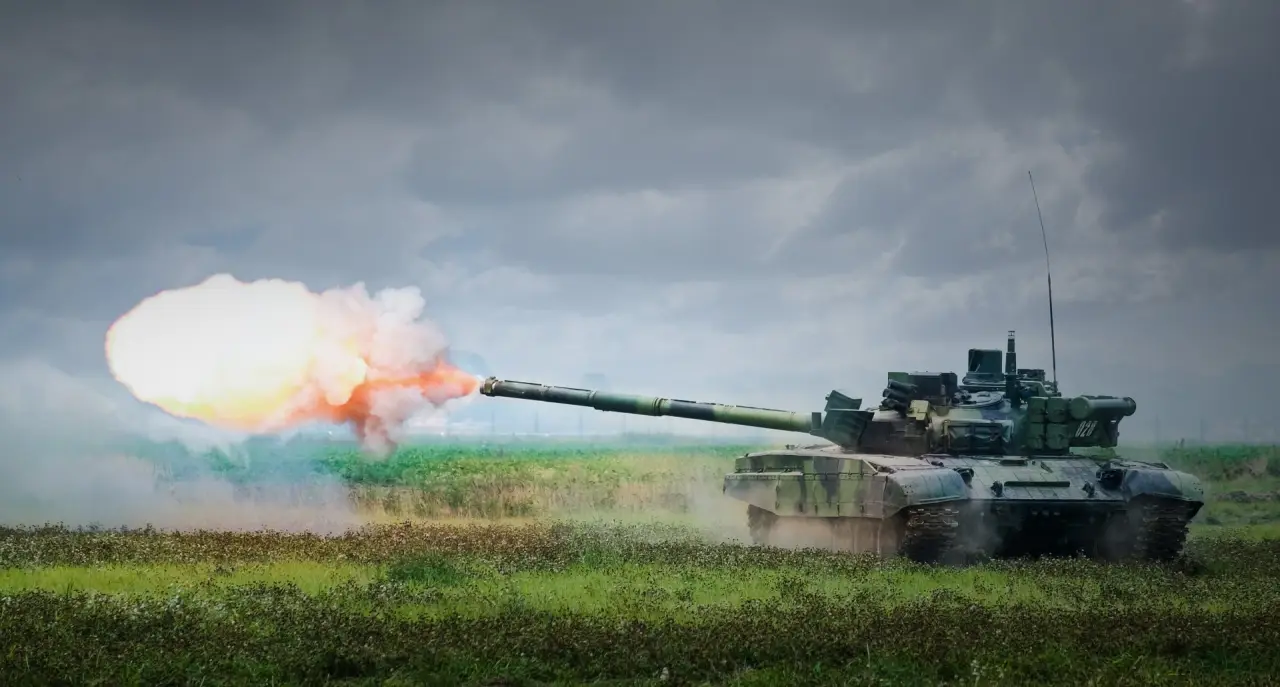

Peter North

